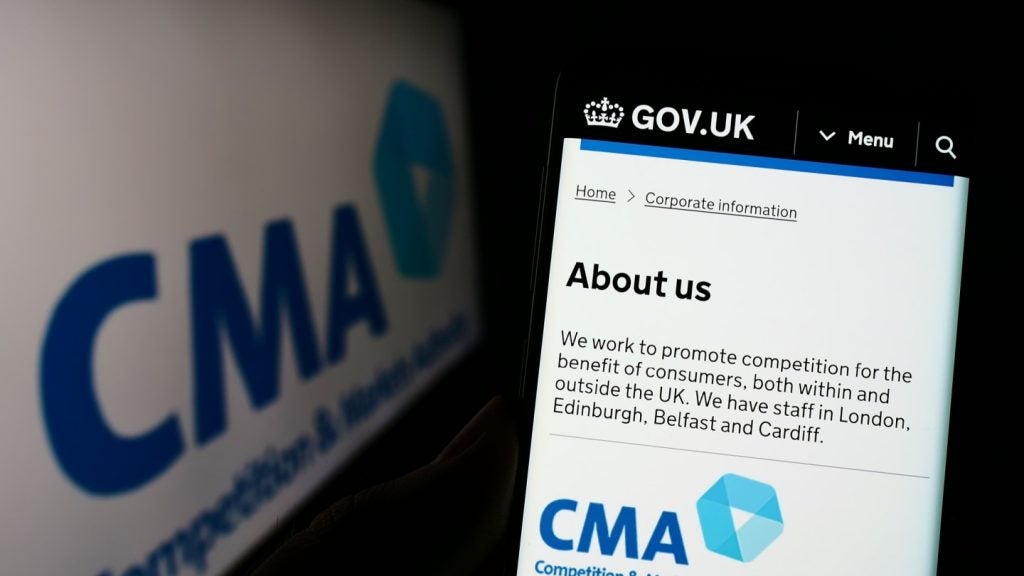
With the slew of UK retailers updating the market on so-called Super Thursday we now have a clearer view of what happened over Christmas, and what to expect in 2018.
It isn’t pretty.
Much was made of the positive like-for-likes of the major grocers, but Morrisons was the only member of the Big Four (made up of Asda, Morrisons, Tesco, and Sainsbury’s — though Asda is yet to report) to keep pace with fourth quarter food inflation of 2.8 percent, indicating that Tesco and Sainsbury’s are still losing market share to the discounters.
Aldi and Lidl both reported fantastic top line growth, which even when accounting for the opening of stores meant that same store sales would have risen by mid-single digit percentages.
It would appear the attraction of food’s premium retailers is waning with Waitrose disappointing (its like-for-like sales were up just 1.5 percent) and M&S much worse (like-for-likes down by 0.4 percent).
Christmas is a time when M&S typically benefits from trading up, but it singularly failed to capitalise, with the premium offers from the discounters and Morrisons proving enough of a treat for many cash strapped shoppers.
How well do you really know your competitors?
Access the most comprehensive Company Profiles on the market, powered by GlobalData. Save hours of research. Gain competitive edge.

Thank you!
Your download email will arrive shortly
Not ready to buy yet? Download a free sample
We are confident about the unique quality of our Company Profiles. However, we want you to make the most beneficial decision for your business, so we offer a free sample that you can download by submitting the below form
By GlobalDataAs trading up in food halted, trading down continued across other sectors.
Outside food, people could avoid inflationary pressures by: buying less; buying only at less expensive retailers; or buying only during promotions, of which there were plenty.
The mid-market has taken an absolute battering – while Debenhams’ profit warning was put down to its capitulation to discounting, those that held prices fared badly too – Mothercare (down by 7.2 percent) and M&S (clothing and homeware like-for-likes down 2.4 percent).
Next may have won plaudits for its results, but store sales falling 6.1 percent is a large concern.
The problems of M&S, Debenhams, and House of Fraser show a reluctance by consumers to visit mid-market department stores.
M&S is still struggling to wean its customers off promotions which may work longer term, but Debenhams’ and House of Fraser’s model built on concessions showcasing limited ranges is starting to look very dated now that shoppers typically begin their journeys online viewing the entire range at the concession’s slicker website, or viewing a larger variety of products at online retailers such as Asos and Amazon.
As product discovery increasingly moves online, department stores need another reason to attract footfall.
Only John Lewis with its clear differentiation in terms of service and product, has been able to drive its top line forward, but only by sacrificing margin, and it warned that it expects such competitive intensity to continue through 2018.
Even at the discounters, margins have been sacrificed in order to maintain momentum – Card Factory issued a profit warning despite like-for-likes up 2.4 percent, as it dealt with increased costs, and its sales mix moved to lower-margin (more competitively priced) categories.
While many smaller retailers have posted impressive top line growth, these have to be taken with a degree of caution.
They are un-audited figures, based on periods of the retailer’s choosing (often a different period to that reported on in previous years), and most do not contain any information on profit.
We suspect that many of the retailers trumpeting sales increases have sacrificed margin to do so, and while some are strong enough to withstand that, some are dependent on a swift return to real growth in consumer spending.
Unfortunately, the economic outlook for 2018 does not give many reasons for optimism, and some of the retailer Christmas trading updates may well turn out to have been declarations of Pyrrhic victories.







